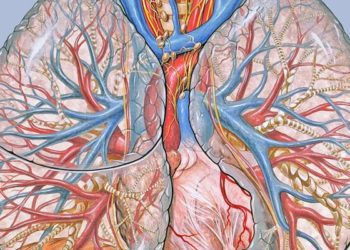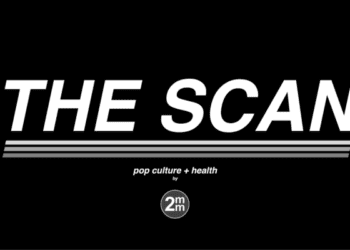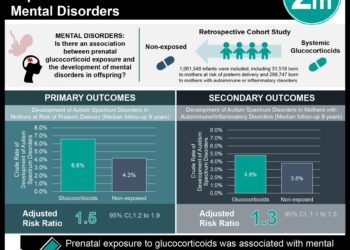Being born small for gestational age associated with reduced exercise capacity among young adults
1. The study found that young adults born small for gestational age had reduced exercise capacity, with reduced maximal workload, oxygen consumption, and minor differences in cardiac morphology compared to individuals born within standard reference weights.
2. Additional long-term studies employing larger sample sizes and older participants are needed to confirm and better characterize the findings of this cohort study.
Evidence Rating Level: 2 (Good)
Study Rundown: Small for gestational age (SGA) births occur in approximately 10% of all births and is defined as birth weight below the 10th percentile. Over the past decades, several studies have established a consistent association between SGA and increased cardiovascular mortality and hypertension in adulthood via epidemiological methods, however, the precise mechanistic pathway underlying this association is not fully understood. Furthermore, the downstream effects of cardiac remodeling and dysfunction that occurs during the perinatal period on childhood, adolescence, and adulthood is unclear. This cohort study sought to evaluate baseline cardiac function and structure as well as exercise capacity in young adults born SGA, where it was hypothesized that minute cardiac changes at rest along with considerable reduction in exercise capacity would be observed in individuals born SGA. To test this hypothesis, cardiac structure and function was assessed via cardiac magnetic resonance imaging (CMRI), including biventricular end-diastolic shape analysis and exercise capacity. Among 158 young adults enrolled in the study, individuals born SGA displayed limited exercise capacity, with reduced maximal workload and oxygen consumption, and small differences in right ventricular geometry at rest when compared to participants in the control group with birth weights within standard reference ranges. Thus, these results suggest that being born SGA may limit overall exercise capacity in adulthood with minor cardiac changes observed in this short-term study. Furthermore, it is important to consider SGA as a clinical risk factor that may benefit from preventive strategies including lifestyle interventions. Additional long-term studies employing larger sample sizes and older participants are needed to confirm and better characterize the findings of this cohort study. A limitation of this study was the use of a relatively young SGA exposure cohort which was chosen to avoid confounding from other common cardiovascular comorbidities present later in life. However, this prevented the study from forming any long-term associations with the disease.
Click to read the study in JAMA Cardiology
Relevant Reading: Cardiovascular function in adulthood following intrauterine growth restriction with abnormal fetal blood flow
In-Depth [prospective cohort]: This cohort study conducted between January 2015 and January 2018 assessed 158 randomly selected participants born at a tertiary university hospital in Spain between 1975 and 1995. Inclusion criteria included young adults aged 20 to 40 years born SGA or with intrauterine growth within standard reference ranges. Clinical data was collected via medical history, vitals and lab work (blood pressure, glucose level, lipid profile), questionnaires regarding smoking and physical activity habits, physical examination, cardiopulmonary exercise stress testing, and CMRI. Among 158 total participants, 81 were born SGA (median age, 34.4 years [IQR, 30.8-36.7 years]; 43 women [53%]) and 77 were control participants (median age, 33.7 years [IQR, 31.0-37.1 years]; 33 women [43%]), where all participants were of White race/ethnicity. All participants received imaging studies whereas only 127 (80%) underwent exercise testing (66 from control, 61 born SGA). On CMRI analysis, minor changes in cardiac shape at rest in right ventricular geometry with preserved cardiac function were observed in individuals born SGA (DeLong test z, 2.2098; P = .02). However, when compared to controls on exercise testing, adults born SGA had lower exercise capacity with decreased maximal workload (mean [SD], 180 [62] W vs 214 [60] W; P = .006) and oxygen consumption (median, 26.0 mL/min/kg [IQR, 21.5-33.5 mL/min/kg] vs 29.5 mL/min/kg [IQR, 24.0-36.0 mL/min/kg]; P = .02). Finally, exercise capacity was found to be significantly correlated with left ventricular mass (ρ = 0.7934; P < .001).
Image: PD
©2021 2 Minute Medicine, Inc. All rights reserved. No works may be reproduced without expressed written consent from 2 Minute Medicine, Inc. Inquire about licensing here. No article should be construed as medical advice and is not intended as such by the authors or by 2 Minute Medicine, Inc.







